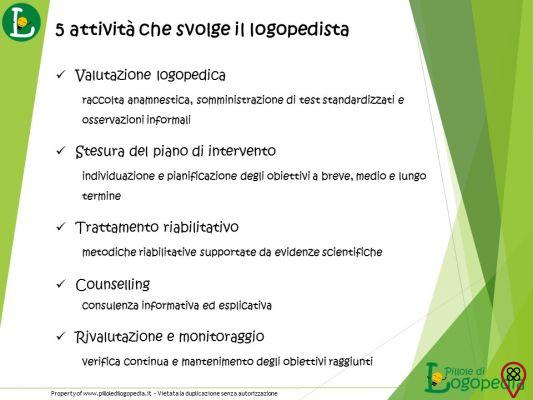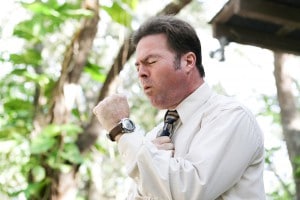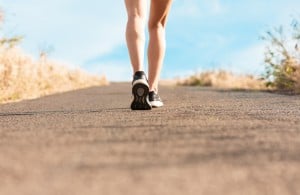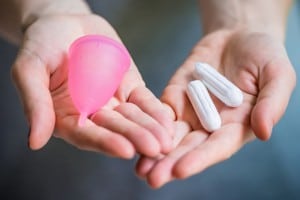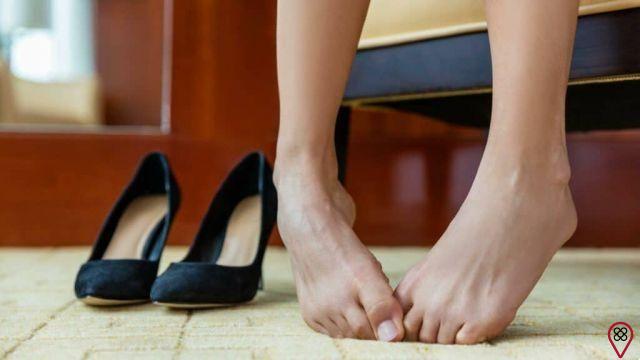At some point in your life, you have had swelling in your legs or arms, especially on hot summer days or after waiting in line for a while or even after a party. Swelling is a result of fluid accumulating in the spaces around the body's tissues and organs.
In medicine, swellings are called edemas and can manifest themselves in the feet, legs, hands, arms, as well as in internal organs, such as the lungs. Edema can have simple causes and be easily resolved, or it can signal more serious problems.
A limb can suddenly swell, however the most common thing is that there is a gradual evolution that the swollen person does not even notice at first, only noticing when it is very visible or when there is physical discomfort. If you notice constant swelling, pain and redness in one of your arms or legs, you should consult a doctor. Delve into the subject!
What causes leg swelling?
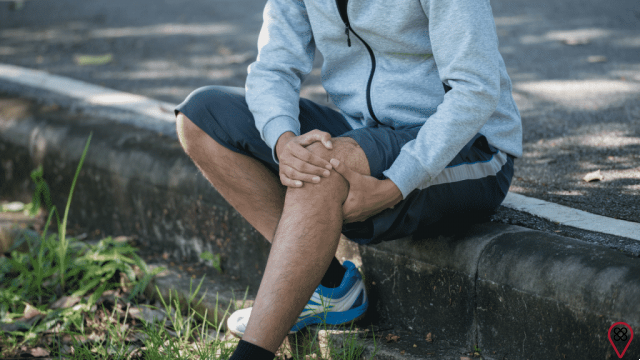
The causes for swelling in the legs are so varied that only careful attention can help in the method to be adopted to solve it. While some bumps are ephemeral and can be easily eliminated, others need prolonged treatment. Here are some possible causes of leg swelling:
- Excessive salt intake;
- Varicose veins in general and those aggravated by obesity;
- Paralysis of the legs due to a stroke;
- Final period of pregnancy;
- Circulation problems in the leg veins;
- Period before menstruation, when women can swell in other parts of the body as well;
- Side effect of some medications;
- Formation of blood clots (thrombus) within the deep veins of the legs;
- Renal diseases;
- Cardiac insufficiency;
- Liver diseases;
- Sedentary lifestyle and/or lack of movement for a long period;
- Blood accumulation;
- Some types of cancer;
- Defense of the organism to an allergic agent (food, cream, perfume, beauty and hygiene product);
- Traumatic event (fall, blow, major burns);
- High temperatures in summer.
What causes swelling in the arms?
Arm swelling should not be ignored, especially if it recurs. It can be accompanied by other symptoms such as redness, pallor, pain, itching, heat in the skin (which may still feel cold and clammy), tingling, numbness, muscle weakness, loss of movement, and others. An arm or both may be swollen, and it is necessary to seek medical diagnosis to identify the causes, which may be related to inflammation, infections and others. Find out about some:
- Direct trauma, such as blows, scratches, pressure, etc.;
- Bone fracture, which requires immediate medical attention;
- Excessive effort with muscle overloads (tendinitis, strains, fatigue, etc.);
- Nerve injuries;
- Inflammation from toxins (insect bites, poisonous substances, drugs);
- Burns;
- Alertler;
- Joint diseases such as carpal tunnel syndrome, rheumatism, osteoarthritis and arthritis;
- Infections caused by bacteria, viruses, fungi or protozoa;
- vascular problems;
- Lymphedema;
- Pregnancy in the final period, with no consequences;
- High summer temperatures.
When to seek medical help?
In order to avoid serious and emergency disorders and occurrences, it is essential to pay attention to the frequency, duration and symptoms that accompany swelling. It is important to always keep in mind that it can be easily solved, but it can also be a warning to seek immediate measures. So stay tuned and seek medical attention when swelling:
- come on suddenly;
- Occurs in one of the legs or one of the arms;
- It is accompanied by significant pain or sensitivity;
- Is accompanied by shortness of breath; nausea or dizziness;
- It has a bluish color;
- Cause total loss of sensation or movement, even once.
Which Doctor to See for Swelling in the Arms and Legs?
The causes of swelling in the legs and arms are varied. Excluding those related to prolonged standing or sitting, excessive heat, pregnancy or the period before menstruation, it is essential to consult a doctor.
The angiologist is the specialist who treats problems related to blood vessels, veins, arteries and lymphatic vessels. Another professional to be consulted is the cardiovascular physician.
What can I do to reduce swelling?
Treatment for swelling in the arms and legs is based on the cause. But unhealthy habits or the rush of routine should not become reasons for this discomfort. Some measures can be taken regardless of consulting a doctor. Here are some tips on what to do to reduce swelling when it appears or to reduce its frequency:
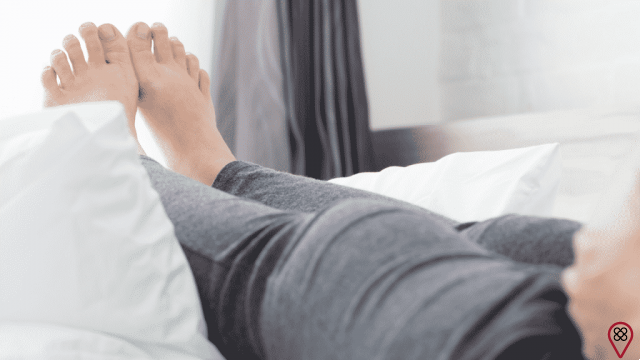
- Avoid self-medication. Only the doctor can indicate anti-inflammatories, antihistamines and other medications;
- Keep yourself from sitting or standing for a long time, trying to alternate positions;
- Put your legs up for at least 20 minutes a day to stimulate blood circulation, improve the lymphatic system, provide relaxation and relieve swelling in your legs. An easy way to elevate your legs is to lie on the bed and support your legs on the headboard or on pillows and pillows;
- Stay in a cool place;
- Apply a cold compress (exclusively for swelling from shock injury or to eliminate heat);
- Avoid tight bands, wristwatches, bracelets or any object that impedes circulation;
- Massage manually with movements towards the heart, in the case of swelling in the arms and from the bottom up, in the case of the legs;
- Be alert for other symptoms, such as pain, redness, or heat in the skin.
- Reduce the amount of salt in the diet, avoiding fluid retention;
- Drink plenty of water and fluids during the day as it helps to deflate your legs. When the body is not hydrated enough, the tendency is to retain fluids, so it is important to drink at least 8 to 10 glasses of water daily;
- Avoid excessive intake of alcoholic beverages;
- Sit in the front row or in the emergency exit of the plane, which gives you more room to move your legs. Bend your knees and stretch your feet every hour or walk down the aisle every two hours, especially on long trips.
- Refrain from taking sleeping pills during long plane or car trips, as they prevent you from noticing symptoms of bloating in advance;
- Avoid wearing high-heeled shoes for a long time, as the unbalanced weight distribution makes venous return difficult, causing swelling;
- Wear light and comfortable clothes and shoes, especially on hot days;
- Perform exercises according to your own structure and physical conditions, without exaggeration and without haste for body conditioning;
- Avoid high temperatures in very hot saunas and baths on intense summer days;
- Make use of compression stockings (upon medical recommendation);
- Avoid sedentary lifestyle and obesity;
- Include lymphatic drainage in your routine.
Natural ways to reduce leg swelling
It is possible to reduce swelling in the legs naturally. Even if you see advertisements on TV, get advice from friends and relatives about “good” medicines for this purpose, avoid self-medication because, in addition to being very dangerous, it may not solve the problem. Here are some safer and more cost-effective ideas, but if it occurs or persists, don't hesitate to seek medical attention:
Ginger tea
This tea is a natural diuretic that helps to increase the amount of urine to be eliminated during the day and allows to reduce the load of liquids in the circulatory system. It works by decreasing the concentration of sodium in the body, which, when unbalanced, is one of the causes of swelling in the legs.
Prepare the tea: Peel the equivalent of six slices of ginger, cut into small pieces and place in a pan with a cup (tea) of water. Bring to a boil and let it boil for ten minutes. Let cool and strain. Squeeze a lemon and add the juice to the cold tea. Drink two to three times a day, in the morning and in the early afternoon.
Physical exercises
Physical activities such as walking and water aerobics are ways to reduce swelling in the legs because they improve blood circulation and allow for proper lymphatic functioning. People who work most of the time sitting down should walk a little, move every hour or take advantage of their lunch break to take a walk around the company. For those with activities that require standing for most of the journey, it's worth bending your knees and occasionally standing on your toes to force the calf to send blood from the legs to the heart.

Immersion bath with Epsom salts
Rich in manganese sulfate and easily absorbed by the skin, Epsom salts, in addition to relaxing, reduce inflammation and swelling of the legs, because they facilitate blood circulation.
Prepare the soaking solution: put a cup (American) of Epsom salts in a liter of warm water. Dilute very well and add to the bath water. Stay immersed for 15 to 20 minutes.
If you prefer to prepare a foot bath, use half a cup (tea) of Epsom salts well dissolved in enough warm water to cover your feet and up to at least half of your calf. Stay with your legs immersed for approximately fifteen minutes, repeating up to three times a week. It is appropriate to use a bucket to carry out the process.
Massage
Excellent for stimulating blood circulation, the massage is still relaxing and can be done at any time. With the use of a cream that does not cause allergy, it becomes easier. Apply with smooth movements from the feet towards the torso. If you prefer, associate the method with the practice of raising your legs.
proper food
To avoid swelling in the legs, include fruits such as pineapple, watermelon or melon in your daily diet, which hydrate the body and help in the circulation of liquids, because they are rich in water. Dark green vegetables like kale, arugula, and broccoli are rich in magnesium and potassium, which reduce fluid retention, decreasing swelling in your legs. Potatoes, squash, dried apricots, and beans are also excellent foods for this purpose.
Making use of spices and foods with a thermogenic and diuretic effect, such as cinnamon, ginger and coffee, helps to reduce swelling in the legs.

It is essential to avoid sausages (ham, bologna, salami, etc.), canned goods (they have a large amount of sodium, which causes fluid retention), industrialized broths, white bread, white flour, pasta, alcoholic beverages, boxed juices and soft drinks.
It is worth remembering that sodium helps in blood volume and must be balanced in the body. Before starting any diet, consult an endocrinologist or nutritionist. To delve deeper into this topic, try to read our article on tips to detoxify the body, in which we discuss various detoxifying foods!
Deep breath
Fluid retention is also caused by the increase in cortisol that daily stress causes. This retention can cause swelling in the legs. So, to prevent them, deep and abdominal breathing exercises can be different.
Do the exercise: inhale through your nose and count to five. Exhale through your mouth, counting to ten. Repeat the process three times.
By oxygenating your brain cells through exercise, you can feel relaxed and calm. A study published in Revista de Enfermería in 2010 reported that breathing control significantly supported the reduction of cortisol.
How to avoid bloating on an airplane
It is common to see people reporting swelling and discomfort in their limbs after long air travel. This is because during air travel, the body's metabolism first slows down because people spend a lot of time sitting without moving. Added to this, the change in pressure due to altitude causes gases that circulate through the body, which causes swelling, especially in the arms, legs and belly.
You may also like
- Surprise yourself with foolproof strategies to deflate!
- Learn how your legs can reveal mental overload
- Learn to regulate your gut with natural ingredients
To reduce this discomfort, the ideal thing is that, from time to time, during the trip, you take walks on the plane and try to move your body. In addition, eating little during the flight or even having a lighter meal the day before the trip can help a lot.
How to prevent PMS swelling
During PMS (Premenstrual Tension), it is normal and recurrent for a woman to be more swollen, especially in the bust and arms, because of the fluid retention in the body that occurs during this period of the cycle, which can be quite uncomfortable. . To avoid the discomfort caused by swelling, it is ideal for women, during this period, to opt for a lighter and healthier diet, drink plenty of water and try to practice physical exercises (even if mild, after all, the important thing is to move the body and help with the body circulation).
To conclude, we have seen that swellings can have simple or complex causes. Increased circumference of the arms and legs, stretched and shiny skin that, when pressed with a finger, sinks, redness and pain, among other symptoms, are signs for taking action.
Fluid retention is a fundamental factor to be controlled to avoid swelling in the arms and legs. A healthy and balanced diet in sodium, in addition to frequent fluid intake, physical exercise and stress control help reduce and avoid swelling.
Being alert about the simplest symptoms and about those that require consulting a doctor is essential to resolve the issue assertively.
Treating health in an integral way, considering what is good for the body and mind, is a way to conquer a happier and freer life to dedicate yourself to what gives you pleasure, enjoying social interaction with loved ones. Think about it! Take care!



